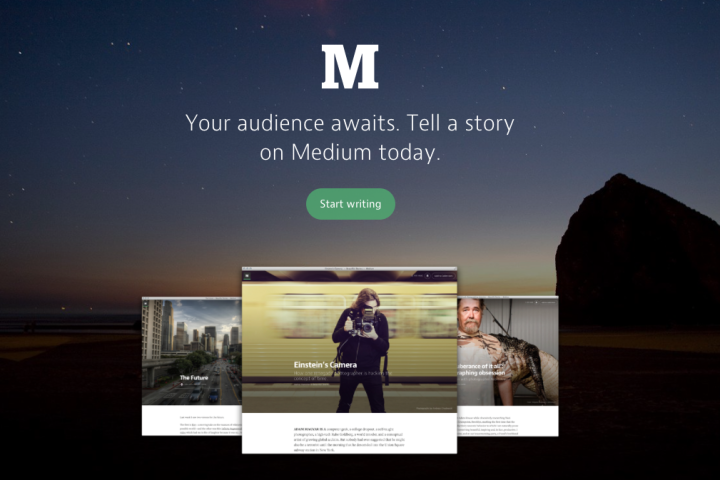
The service is now reportedly blocked in China, where a powerful firewall has already censored the likes of Facebook, Twitter, WordPress, and Google’s Blogger.
Although those platforms have been banned in the country for a few years now, Medium had managed to fly under the radar. Until now, that is.
Earlier this week, China also ramped up its restrictions on Western news outlets following the Panama Papers leak, which implicated several Chinese officials. The tightening of Web security saw major publishers, including Time and The Economist, targeted due to their alleged criticism of President Xi Jinping in respective articles. Medium recently stated that over a dozen new media companies had begun using its platform after it expanded its CMS tools and advertising opportunities. It is thought that China may have banned Medium as it was viewed as an avenue through which news providers could dodge censorship to reach Chinese web users, reports ABC.
Having been alerted to the block by a post on the Hacker News forum, Tech in Asia ran a ping test on Medium’s homepage to discover that the site could not be reached, and is inaccessible on all three Chinese telcos. An additional test on Greatfire.org, a site that documents Web censorship in the country, shows that Medium was first blocked on April 10.
Founded by former Twitter CEO Evan Williams, Medium was launched in August 2012 as “a new place on the Internet where people share ideas and stories that are longer than 140 characters.” It has since attracted a number of publishers and bloggers through its collaborative, text-oriented layout, which allows users to create and annotate articles. Medium has yet to comment on the ban.


